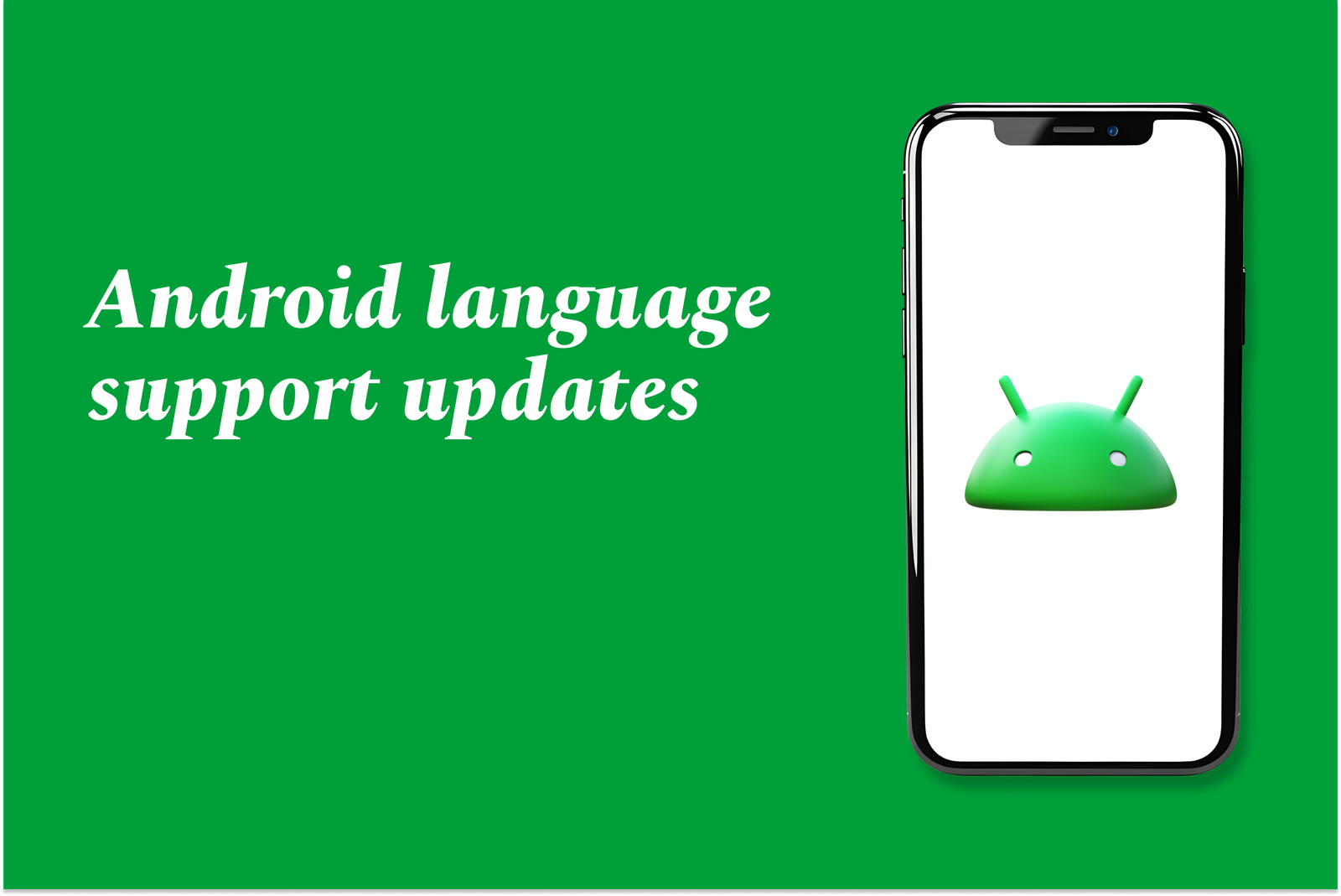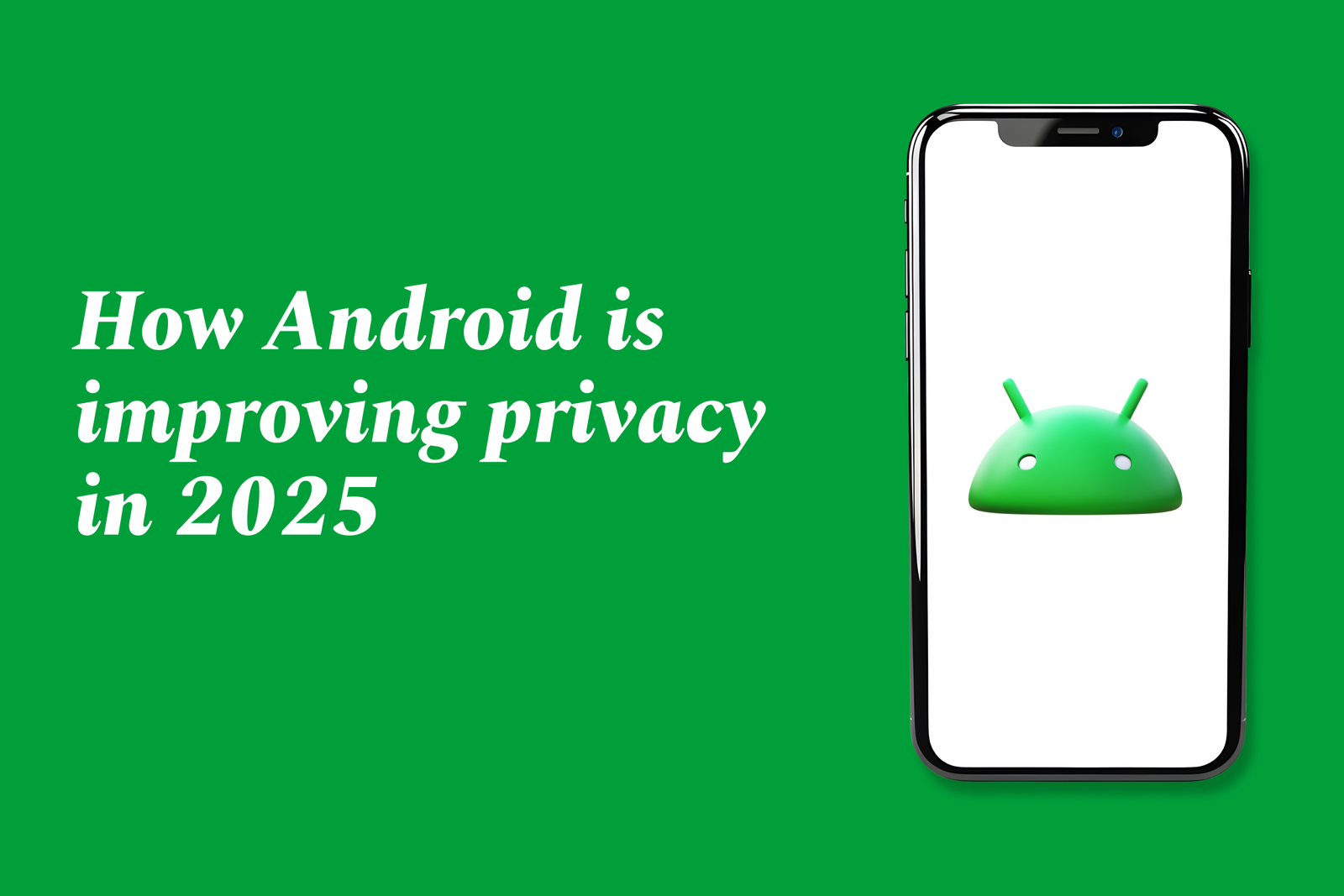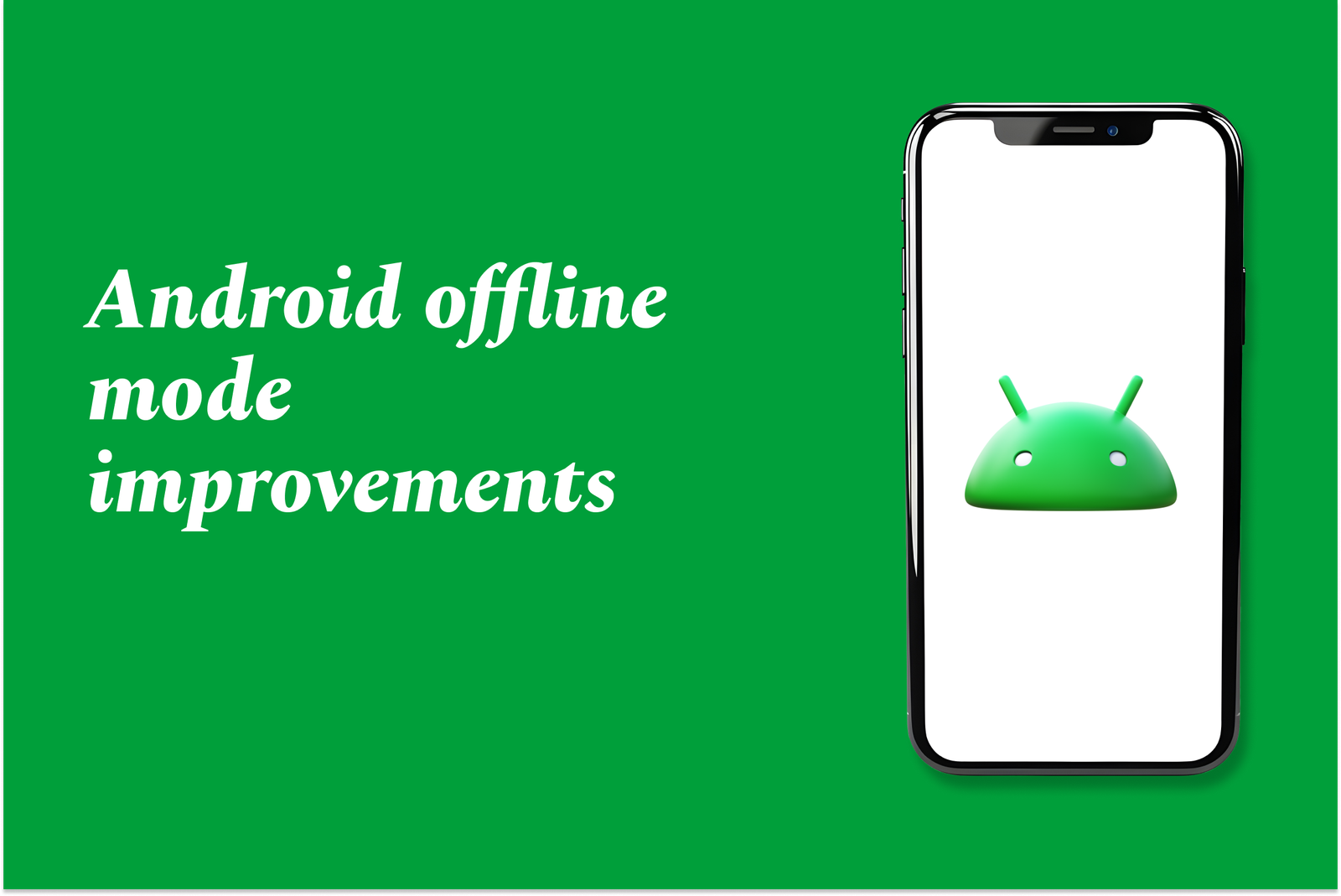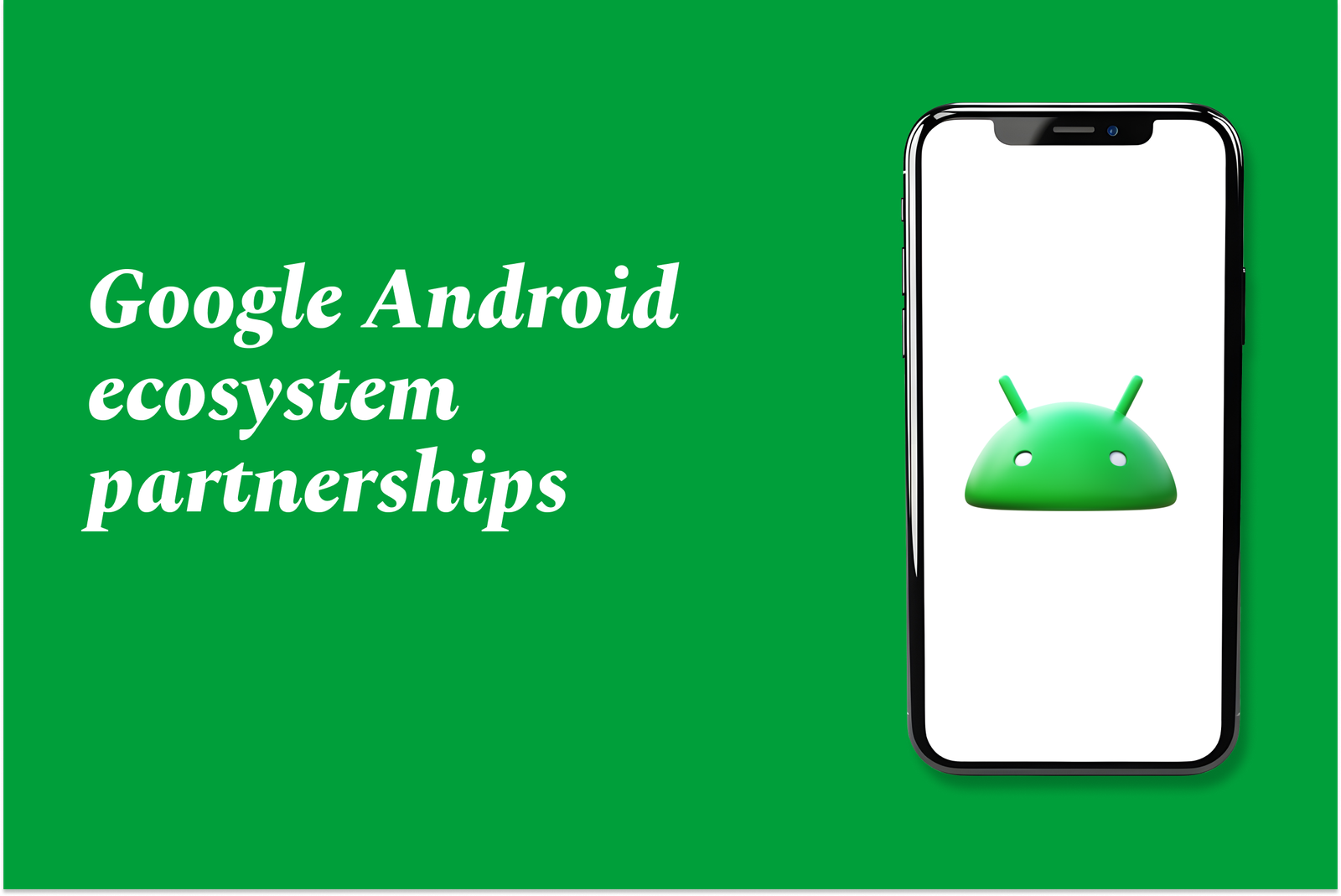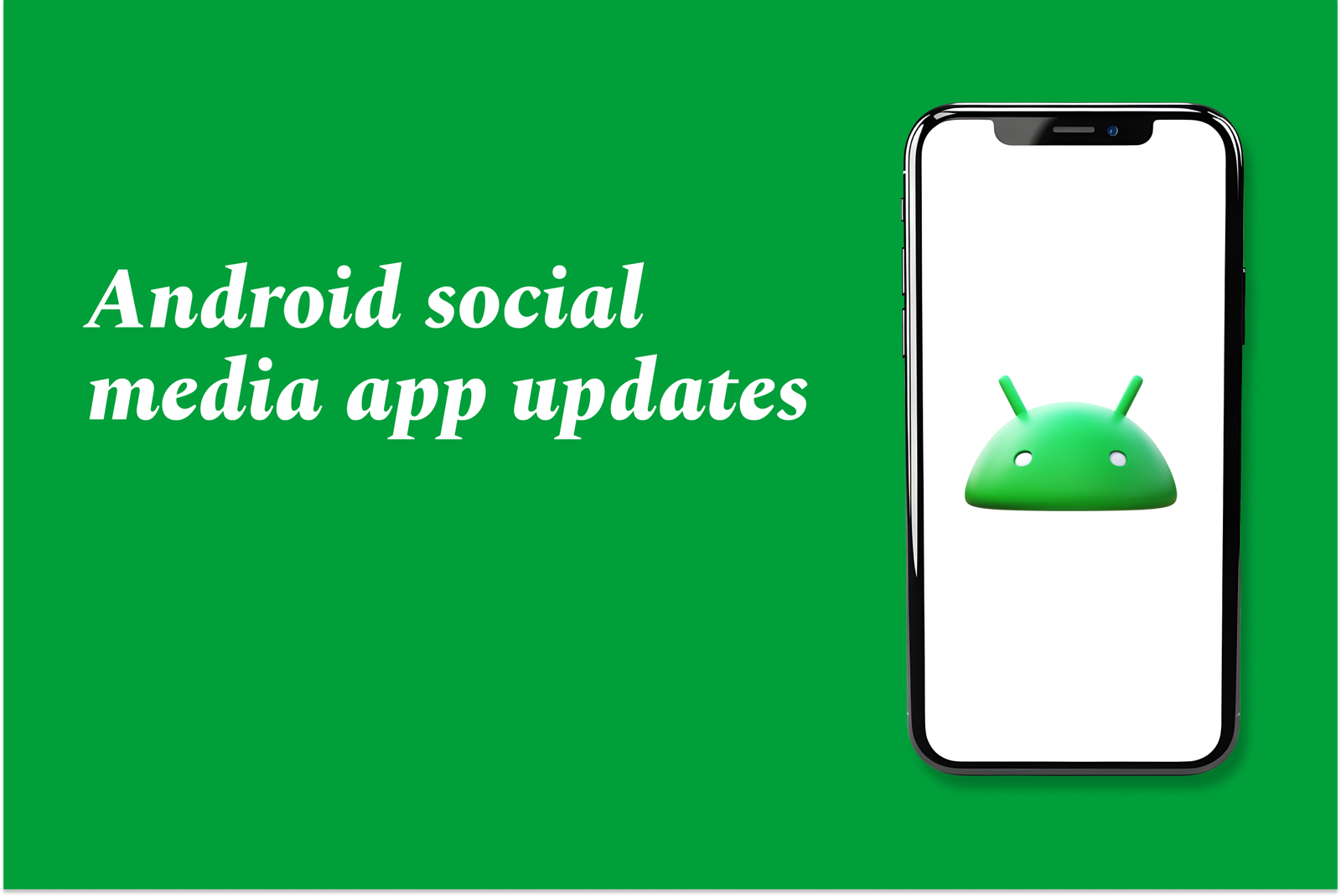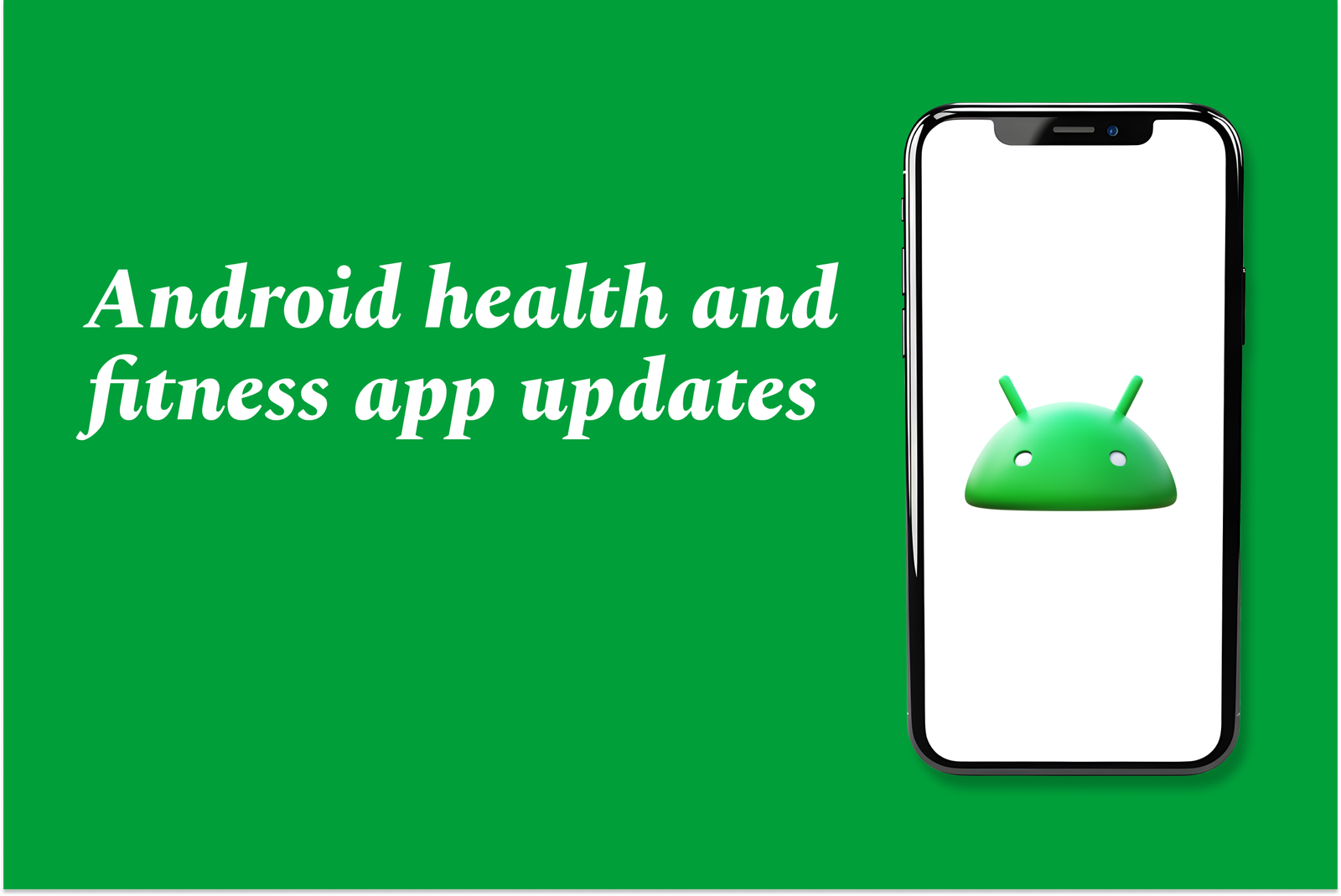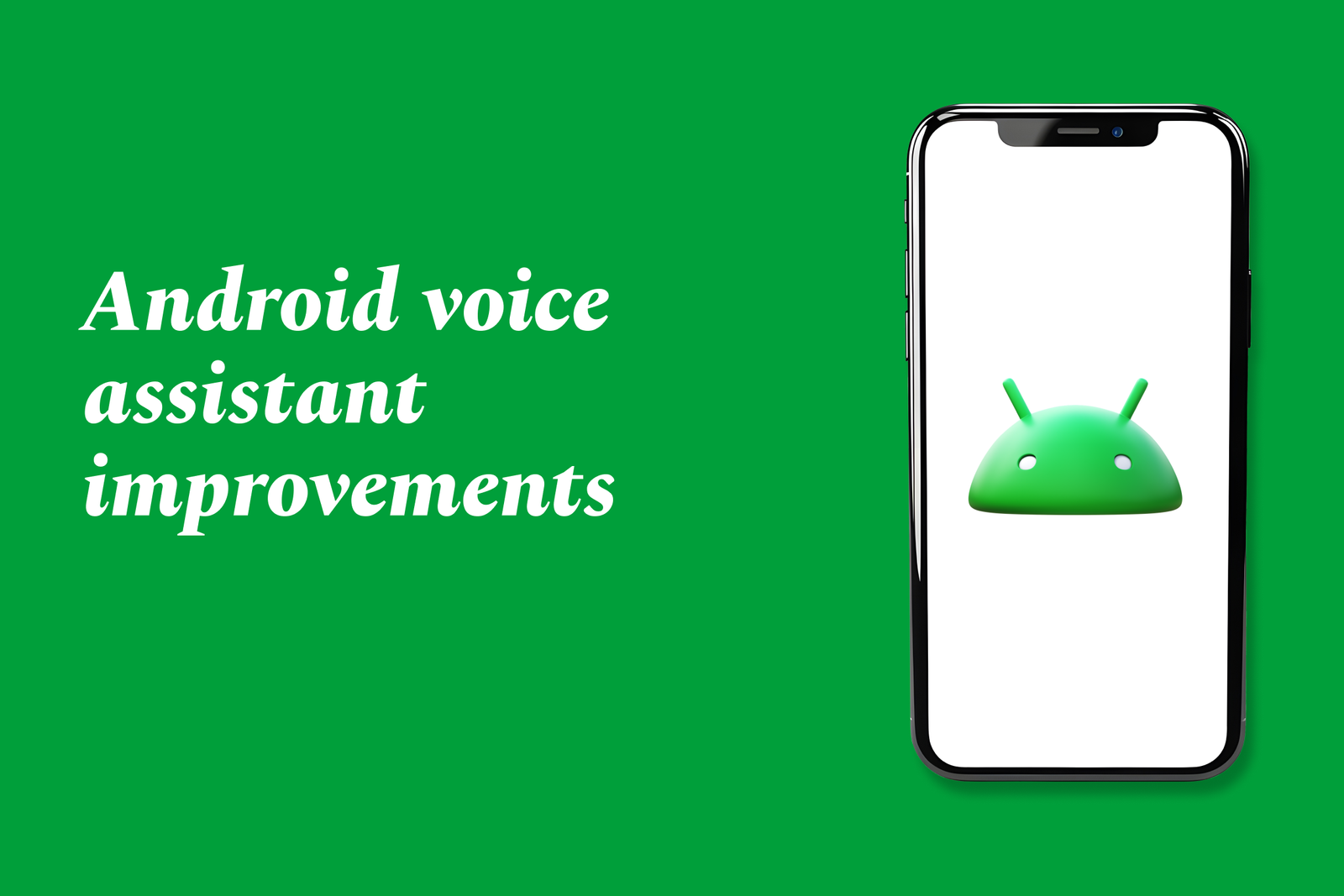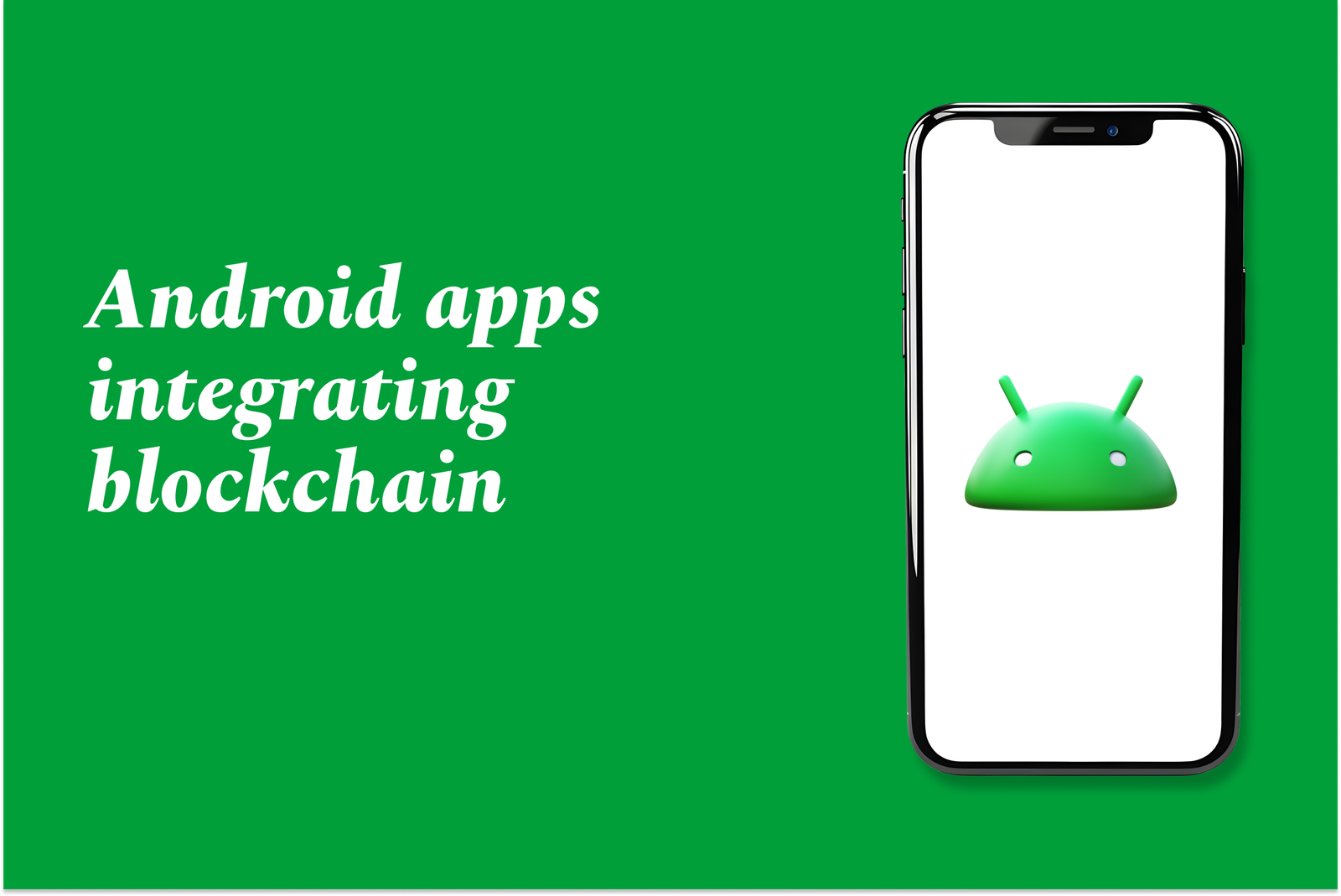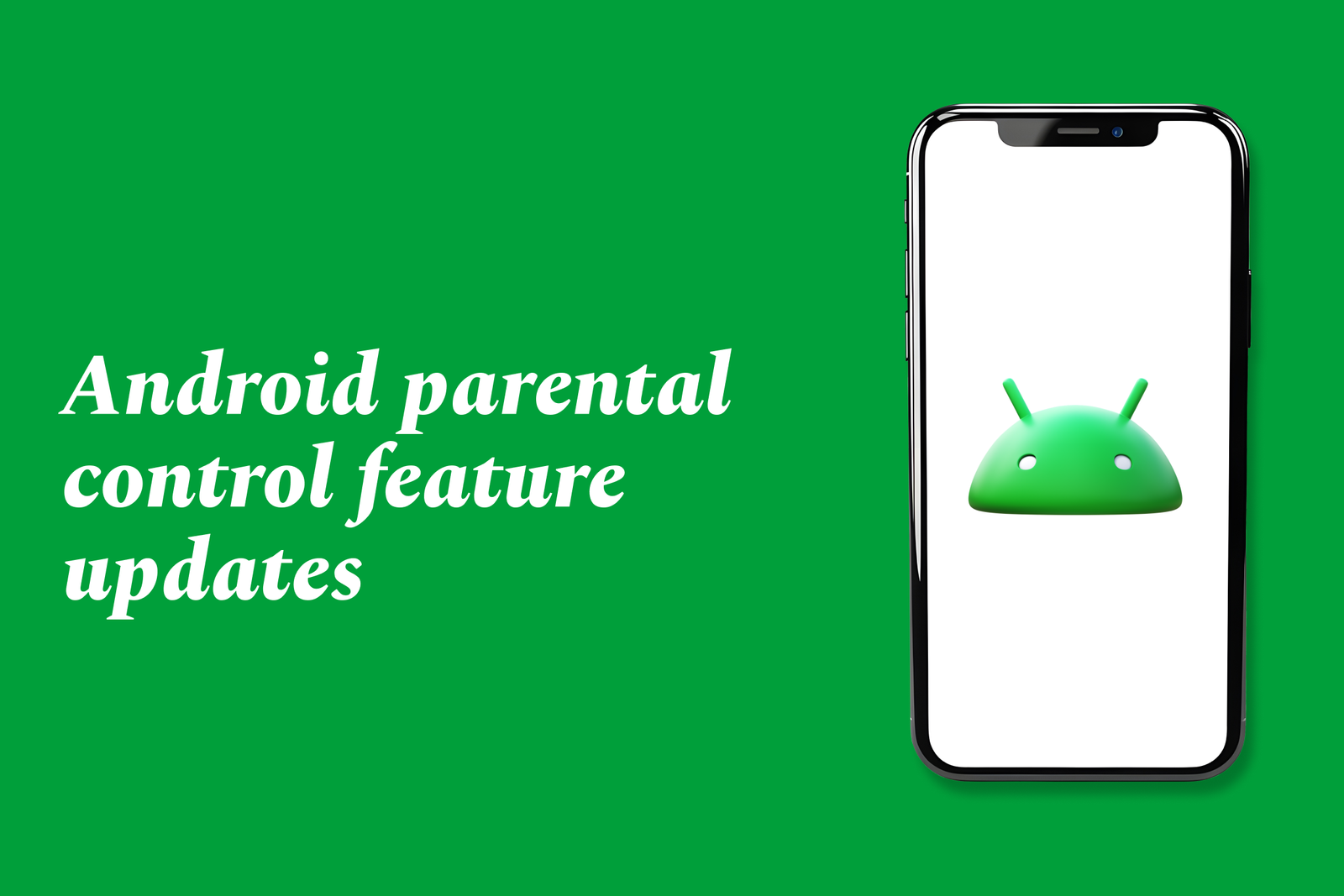Flutter Design Tokens Implementation
Flutter design tokens are standardized, reusable style variables (colors, typography, spacing) that ensure UI consistency and simplify theming. They enable seamless syncing from design tools like Figma to Flutter, promoting efficient collaboration and dynamic, maintainable app styling.
Flutter design tokens implementation
1 ) Introduction to Design Tokens in Flutter
Design tokens are the smallest units of a design system representing visual properties such as colors, typography, spacing, and more.
They enable consistency across user interfaces and simplify design updates.
In Flutter, design tokens can help with creating themes and supporting multibranding.
2 ) Background Study and Research Process
The research aimed to create an automated, low configuration process to transform design tokens from Figma into Flutter code.
The study had three phases: background study, tool testing, and analysis.
Design tokens include colors, measurements, and fonts and serve as a “single source of truth” in design systems for synchronization across teams.
3 ) Tools for Design Token Transformation
Tools tested for transforming design tokens include Supernova.io, Tokens Studio, and Parabeac.
Some tools lacked support for design tokens, leading to the adoption of Supernova and Tokens Studio as the final viable tools.
These tools allow token creation in Figma and export the design tokens into Flutter code efficiently.
4 ) Workflow for Designer Developer Collaboration
The research established a practical workflow involving:
Creating tokens in Figma using Tokens Studio plugin.
Managing and exporting tokens into Flutter via Supernova integration.
This workflow fosters better synchronization and collaboration during design handoffs.
5 ) Using Specify to Synchronize Tokens from Figma to Flutter
Specify is a design API that automates pulling design tokens and assets from Figma into Flutter projects.
Developers can use Specify via CLI, REST API, SDK, or GitHub integration to generate token files.
Example usage includes configuring a `.specifyrc.json` file specifying repository, token generation rules, and icon optimizations.
Specify enables automatic updates of tokens and assets through GitHub pull requests or CI/CD pipelines.
6 ) Flutter Mix and MixTheme Approach
Mix is a styling solution in Flutter with built in support for five types of design tokens: colors, textStyles, spaces, radii, and breakpoints.
MixTheme and MixThemeData in Flutter behave similarly to Flutter’s Theme and ThemeData but incorporate design tokens.
Tokens are defined using key value pairs referencing colors, styles, radius sizes, and spacing dimensions.
MixTheme wraps the app and provides tokens to all child widgets, allowing centralized theming.
7 ) Dynamic Themes Support
Mix supports dynamic resolution of token values based on Flutter’s BuildContext.
Tokens can resolve differently depending on platform brightness or other context parameters using resolver classes like ColorResolver and TextStyleResolver.
This enables themes that adapt dynamically to runtime conditions like dark mode.
8 ) Applying Design Tokens in Flutter UI
Design tokens can be accessed and applied in widget styling using ref methods or resolve functions.
Developers can style widgets’ colors, typography, padding, and borders consistently using token references.
For example, Box widget styles can reference primary color tokens or padding space tokens to ensure design consistency.
9 ) Benefits of Design Tokens
They allow centralized management of visual styles, easing maintenance and updates.
Tokens facilitate consistent multi brand theming and customization.
Enable smooth collaboration between designers and developers by establishing a shared language and process for UI styling.
Summary:
This article explored the concept and practical implementation of design tokens in Flutter, emphasizing automated workflows from Figma to Flutter projects. It presented a multidisciplinary research approach that developed an effective workflow using Figma’s Tokens Studio, Supernova, and Specify tools to generate code ready tokens. Flutter Mix was introduced as a token based styling solution supporting dynamic themes and easy token application in widgets. Overall, the article highlights design tokens' pivotal role in achieving UI consistency, dynamic theming, and enhanced designer developer collaboration in Flutter app development.
https://justacademy.in/news-detail/best-flutter-payment-plugins-in-2025
https://justacademy.in/news-detail/flutter’s-growing-ecosystem:-libraries,-tools-&-trends
https://justacademy.in/news-detail/breaking-changes-in-latest-flutter-version
https://justacademy.in/news-detail/flutter-ai-packages-gaining-traction
https://justacademy.in/news-detail/flutter-for-enterprise-level-desktop-apps
Related Posts
Android language support updates enhance the platform by enabling modern Java 8 features like lambdas and method references within Android Studio, improving code efficiency and developer experience without needing the Jack compiler, streamlining app development and build processes.
In 2025, Android enhances privacy with stricter app permissions, improved data encryption, and advanced APIs that give users greater control over their data. System updates focus on secure media handling and transparent, developer-friendly tools to protect personal information seamlessly.
Android offline mode improvements enhance app usability by allowing users to access content and features without an internet connection. These updates enable pre-downloading data, reduce dependency on continuous connectivity, and improve user experience during travel or in low-network areas.
Google Android ecosystem partnerships unite device makers, developers, carriers, and enterprises to build a flexible, secure platform powering billions of devices worldwide. These collaborations drive innovation, expand app access, and enhance user experiences across diverse Android-powered products.
Android social media app updates enhance user experience with improved features like real-time notifications, AI-driven content discovery, expanded communities, and better multimedia support. These updates ensure smoother interactions, faster info sharing, and more personalized social networking on mobile devices.
Android health and fitness app updates focus on improved data sharing, personalized coaching, and enhanced tracking across devices. Key apps like Health Connect, Samsung Health, and Google Fit offer better privacy controls, seamless integration, and support for diverse wellness goals.
Android's multi-user feature lets multiple people have separate profiles on one device, keeping data and apps separate. Recent updates improve user switching, address bugs like Wallet issues, and optimize performance by suspending inactive profiles for smoother multitasking.
Android voice assistant improvements enhance hands-free control by integrating smarter, more natural voice commands in Android Auto and CarPlay. Upgrades include better music navigation, AI-powered icon recognition for accessibility, and solutions for seamless connectivity, boosting safety and usability.
Android apps integrating blockchain leverage decentralized technology to enhance security, transparency, and trust in transactions and data management. These apps enable secure payments, identity verification, and supply chain tracking, revolutionizing mobile experiences across industries.
Android parental control updates enhance child safety by offering real-time monitoring, app notifications sync, screen time limits, app blocking, precise GPS tracking, and location alerts, enabling parents to manage and protect their children's device usage more effectively and securely.

